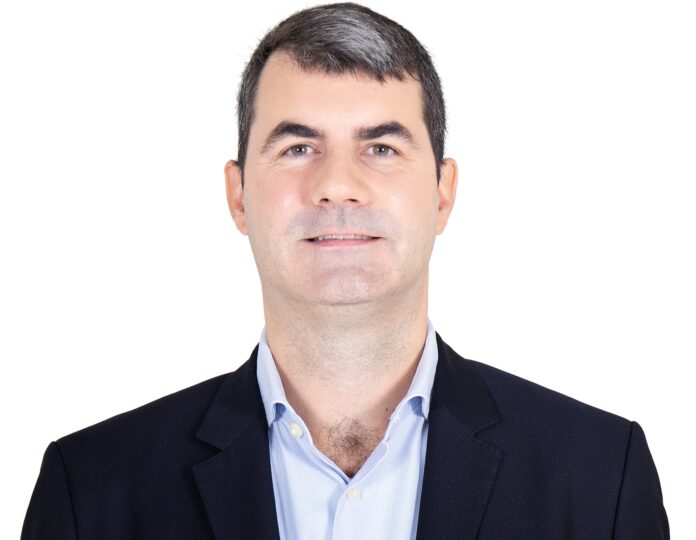Family businesses have played a significant role in the development of economies around the globe, spurring employment, innovation and economic growth. In the GCC specifically, family businesses have for years enabled sustainable development, effectively supporting government’s nation-building efforts. However, this focus has for many family businesses resulted in a portfolio that is heavily focused on domestic investments. The business case to shift from a locally focused to a diversified globally focused portfolio is now appearing clearer for many of them.
Traditionally, family businesses have grown as corporate holdings with portfolios consisting of direct investments and joint ventures, focused on a domestic or regional territory. This heavy concentration in one geography carries inherent risks as does the fact that the portfolio is in one asset class – private equity, which also poses a risk in that it is highly illiquid.
Asset managers must consistently evaluate risk and reward to ensure that the portfolio meets the family businesses’ needs, and there has been a realization from many in this category that there is a critical need to shift to this diversified global focus in order to weather economic cycles and create liquidity, resilience and opportunities for growth.
The goal of all family businesses should be to build and develop a portfolio that is enhanced by each generation so that the next generation benefits from a robust business that is positioned to continue to deliver sustainable returns for future generations.
So, what do family businesses need to do to lay foundations for future growth?
Family businesses must focus on balancing their portfolios to ensure a diversified approach across asset classes and geographies – effectively managing inherent risks. In order to achieve this balanced portfolio, family businesses have to monetise some of their assets first (full or partial asset divestment) to raise the funds that can then be re-invested across a range of asset classes that complement the local illiquid portfolio. An investment bank or a corporate finance advisor provides the expert support for this important step.
For many family businesses, the creation of such an international portfolio comes with the establishment of a separate family office with its own investment governance and capabilities. Mercer estimates that there are more than 80 large family businesses within the GCC, which have been through or should go through this portfolio transformation.
However, family businesses must exercise caution when establishing a family office and need to pay particular attention to its investment governance, the Strategic Asset Allocation (SAA) of the portfolio and the selection of asset managers that will manage the funds on behalf of the family. Creating a robust investment governance framework is critical to the long-term success of the portfolio. When considering the key decision-making body, the Investment Committee (IC), it is usually beneficial and recommended to add complementary skills with independent IC members. Besides their technical expertise, adding investment professionals to the IC reduces any emotional bias in the decision-making process, which may occur in family businesses.
The SAA is the first and most critical decision that the IC has to make. It is usually developed by understanding the investment beliefs of the family (including the choice of asset classes in the SAA), the targeted return and related risk that the family is willing to take to achieve this return. Investment professionals typically state that the SAA is responsible for 80% of the performance of the portfolio.
Once the SAA is set, the family office allocates capital to External Fund Managers (EFMs). Each EFM provides access and expertise in geographies and asset classes (e.g., public equities, fixed income, private equity, private debt, etc.), which are outside of the family business’ core area of competency.
When establishing their family office, a family business often seeks the support from an investment consultant, who is mandated to advise on the best setup for the family office (in line with best practice) and on the selection of best-in-class EFMs – in an independent way. The investment consultant through its global network can source and recommend asset managers for each asset class and geography covered in the SAA.
It is important to note that investment consultants increasingly offer to their family office clients the possibility to allocate their capital to EFMs on their behalf using a delegated model. This relatively new, yet fast growing trend – called “Outsourced Chief Investment Officer” (OCIO) – owes its success to the fact that family offices do not have to build large teams (since the implementation and monitoring of the investment strategy is done by the consultant), and that the consultant can secure large reductions in fees with the underlying asset managers (by leveraging the consultant’s purchasing power). Even after accounting for the OCIO management fee, a family office can achieve significant net savings when deploying capital through an “OCIO platform”.
Family businesses will continue to play a critical role in the GCC economies; however, they have realized that they need to transform their regional illiquid portfolio into a globally diversified portfolio with assets allocated across a broad range of asset classes. To be successful in this journey, it is important that family businesses tap into the expertise of the relevant advisor at each step: investment bank / corporate finance advisor, investment consultant, EFMs and possibly OCIO platforms.




